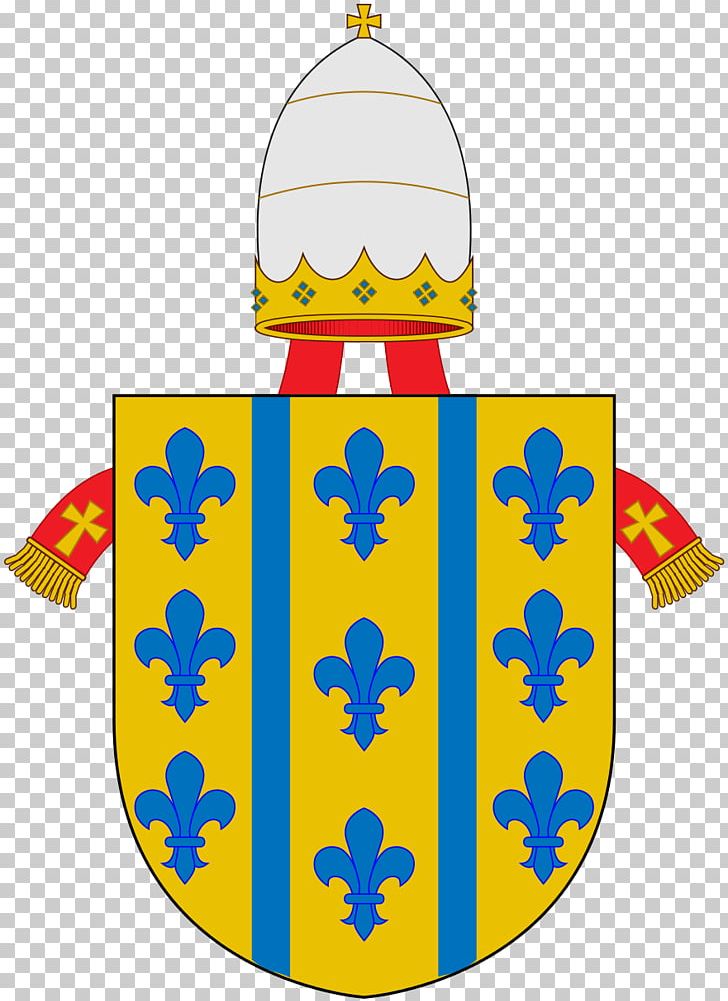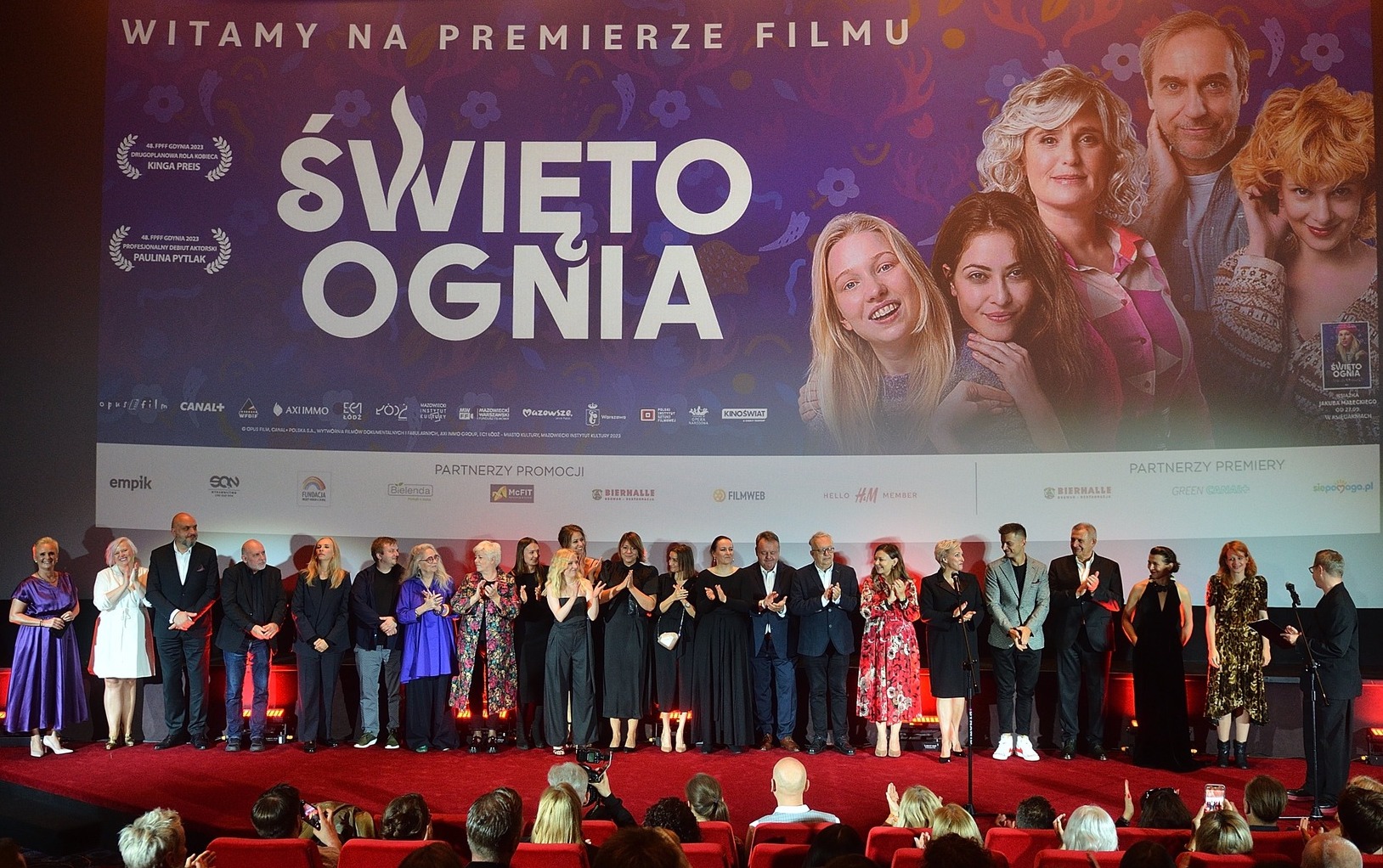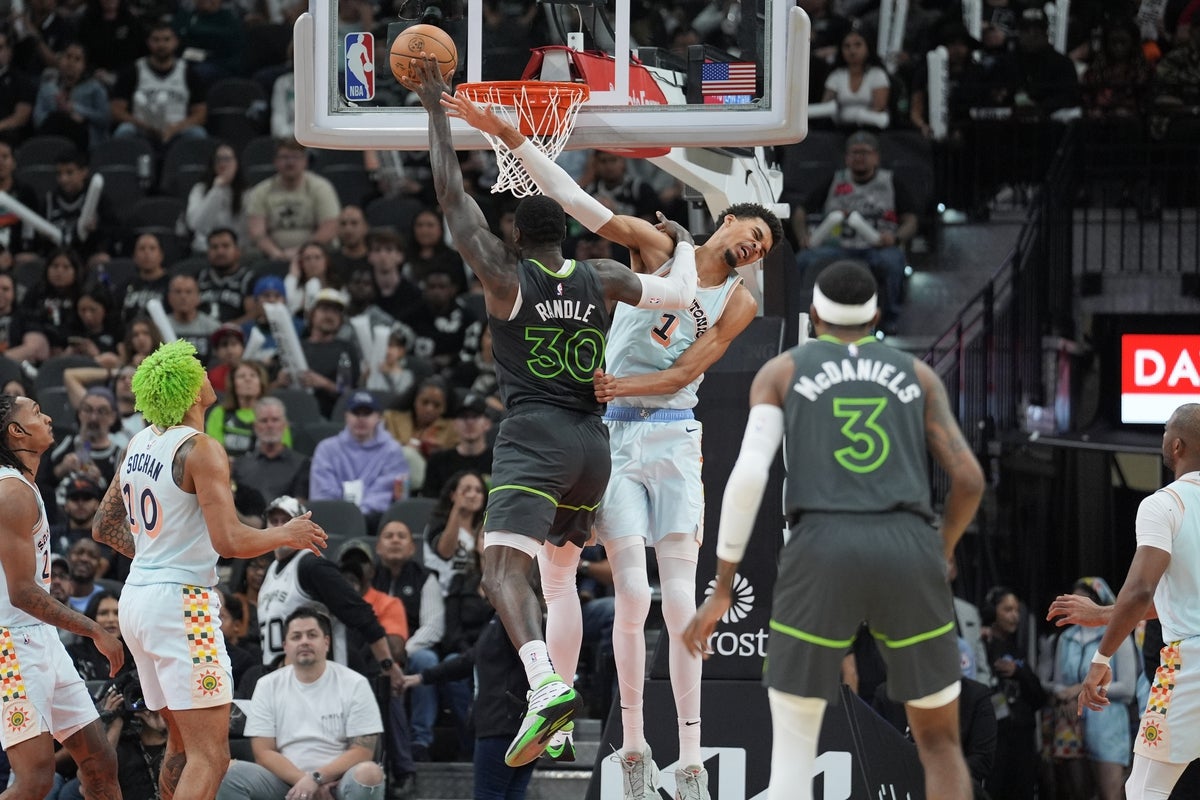Conclave: A Comprehensive Overview Of The Papal Election

Table of Contents
Understanding the Conclave: History and Significance
The modern Papal Conclave is a refined version of a process that evolved organically over centuries. Early methods of electing the Pope were often chaotic and prone to political influence. From informal gatherings of clergy to more structured processes involving the Roman people, the path to the current system was long and complex. The significance of the Conclave lies in its role as the mechanism for selecting the successor to St. Peter, the head of the Catholic Church, a position considered by Catholics to be of divine origin. The smooth and legitimate functioning of the Conclave is therefore crucial for maintaining Church unity and stability.
- Early methods of papal election vs. the modern conclave: Early elections could be influenced by powerful families and factions, leading to schisms and conflicts. The modern conclave, with its strict rules and secrecy, aims to minimize such influences.
- Key historical conclaves and their impact: Certain conclaves have shaped the course of Church history. For example, the conclave of 1455 saw the election of Pius II, who initiated significant reforms. Others have been marked by prolonged deadlock or significant political maneuvering.
- The role of the conclave in maintaining Church unity and stability: The carefully controlled environment ensures a focused and prayerful selection, minimizing the chances of discord and division.
- The theological importance of electing a successor to St. Peter: Catholic belief holds that the Pope holds a unique position of authority, directly linked to the Apostle Peter. The Conclave is the sacred process through which this lineage continues.
The Process of a Papal Election: Step-by-Step Guide
The death or resignation of a Pope triggers the Sede Vacante, a period of vacancy in the Papacy. This initiates a series of carefully orchestrated steps leading to the Conclave. The Cardinal Camerlengo, a significant figure during this period, manages the affairs of the Church. The cardinals then gather in Rome, and preparations begin for the Conclave itself, usually taking place within the Sistine Chapel. The cardinals take an oath of secrecy, promising not to reveal any information about the proceedings.
- The role of the Cardinal Camerlengo during the Sede Vacante: The Camerlengo acts as a temporary administrator, overseeing the Vatican and ensuring the smooth transition.
- The preparation of the Sistine Chapel for the conclave: The chapel is meticulously prepared, securing the space and installing the necessary equipment for the voting process.
- The mechanics of the voting process (ballots, burning of ballots, etc.): Secret ballots are cast, and the ballots are burned in a stove. White smoke signifies the election of a new Pope; black smoke indicates that no decision has been reached.
- The significance of the white smoke: This highly visible signal, announcing "Habemus Papam!" (We have a Pope!), is a powerful symbol of the culmination of the Conclave.
The Cardinal Electors: Who are they and what is their role?
Cardinal electors are cardinals under the age of 80. They are responsible for electing the next Pope. This group, also known as the College of Cardinals, represents a diversity of nationalities, theological viewpoints, and pastoral experiences from across the globe. The selection process for cardinals themselves is complex and reflects a balance between regional representation, theological scholarship, and pastoral leadership.
- The number of cardinal electors: The number fluctuates, but generally remains within a specific range.
- Qualifications for becoming a cardinal elector: Cardinals must be under 80 years old at the time of the Conclave to be eligible to vote.
- The influence of different theological viewpoints on the election: The diverse backgrounds of the electors influence the discussions and ultimately the election outcome.
- The importance of maintaining impartiality and secrecy: Cardinal electors are expected to cast their vote based on their assessment of the candidate's suitability, free from external pressure.
Secrecy and the Papal Conclave: Maintaining Confidentiality
Secrecy is paramount during the Conclave. This is crucial not only for the integrity of the election but also for the safety and well-being of the cardinals involved. Measures to maintain secrecy have evolved over time, including electronic jamming and strict control of access to the Sistine Chapel.
- Historical examples of leaks and their consequences: Leaks have occurred in the past, sometimes causing significant disruption and controversy.
- The role of the Swiss Guard in maintaining security: The Swiss Guard plays a vital role in providing security for the cardinals and the Conclave proceedings.
- The impact of modern technology on maintaining secrecy: The increasing use of technology poses new challenges to maintaining secrecy.
- The ethical considerations of balancing secrecy with public interest: The Church must carefully balance the need for confidentiality with the public’s legitimate interest in the process.
Challenges and Future of the Papal Conclave
The Conclave, like any institution, faces challenges. The aging population of cardinals, the need for greater representation from various parts of the world, and the impact of globalization are all factors that need careful consideration. Calls for reform often arise, prompting discussions on potential adjustments to the process.
- Potential reforms to the voting process: Discussions regarding potential changes to the voting process to enhance transparency or efficiency have occurred.
- The role of women in future conclaves: While women do not currently participate in the Conclave, the topic of their inclusion in decision-making roles within the Church is continually discussed.
- The impact of changing demographics within the Catholic Church: The growing global diversity of the Catholic Church necessitates a reflection on the representation of different cultures and perspectives within the Conclave.
- Balancing tradition with the needs of a modernizing Church: The Conclave must navigate the delicate balance between upholding its historical traditions and adapting to the evolving needs of the Church in the 21st century.
Conclusion
This overview of the Conclave provides a comprehensive understanding of the intricate process of electing the Pope. From its historical roots to the modern procedures, the Papal Conclave remains a pivotal event in the Catholic Church, shaping its future direction and leadership. Understanding the mechanics of the conclave, the role of the cardinal electors, and the crucial element of secrecy is key to appreciating the significance of this unique event. To further enhance your knowledge of this fascinating subject, delve deeper into the history of specific Papal Conclaves and explore the evolving dynamics of the College of Cardinals. Learn more about the next Papal Election and deepen your understanding of the Papal Conclave.

Featured Posts
-
 Post Fenty Beauty Event Rihannas Glamorous Parisian Appearance And Fan Interaction
May 07, 2025
Post Fenty Beauty Event Rihannas Glamorous Parisian Appearance And Fan Interaction
May 07, 2025 -
 Wybory Papieskie Ksiazka Ks Przemyslawa Sliwinskiego Premiera W Warszawie
May 07, 2025
Wybory Papieskie Ksiazka Ks Przemyslawa Sliwinskiego Premiera W Warszawie
May 07, 2025 -
 Buduschee Vatikana Vybor Novogo Papy Posle Frantsiska
May 07, 2025
Buduschee Vatikana Vybor Novogo Papy Posle Frantsiska
May 07, 2025 -
 The Julius Randle Difference Timberwolves Vs Knicks
May 07, 2025
The Julius Randle Difference Timberwolves Vs Knicks
May 07, 2025 -
 Nba Game Heats Up Anthony Edwards Involved In Shoving Match
May 07, 2025
Nba Game Heats Up Anthony Edwards Involved In Shoving Match
May 07, 2025
